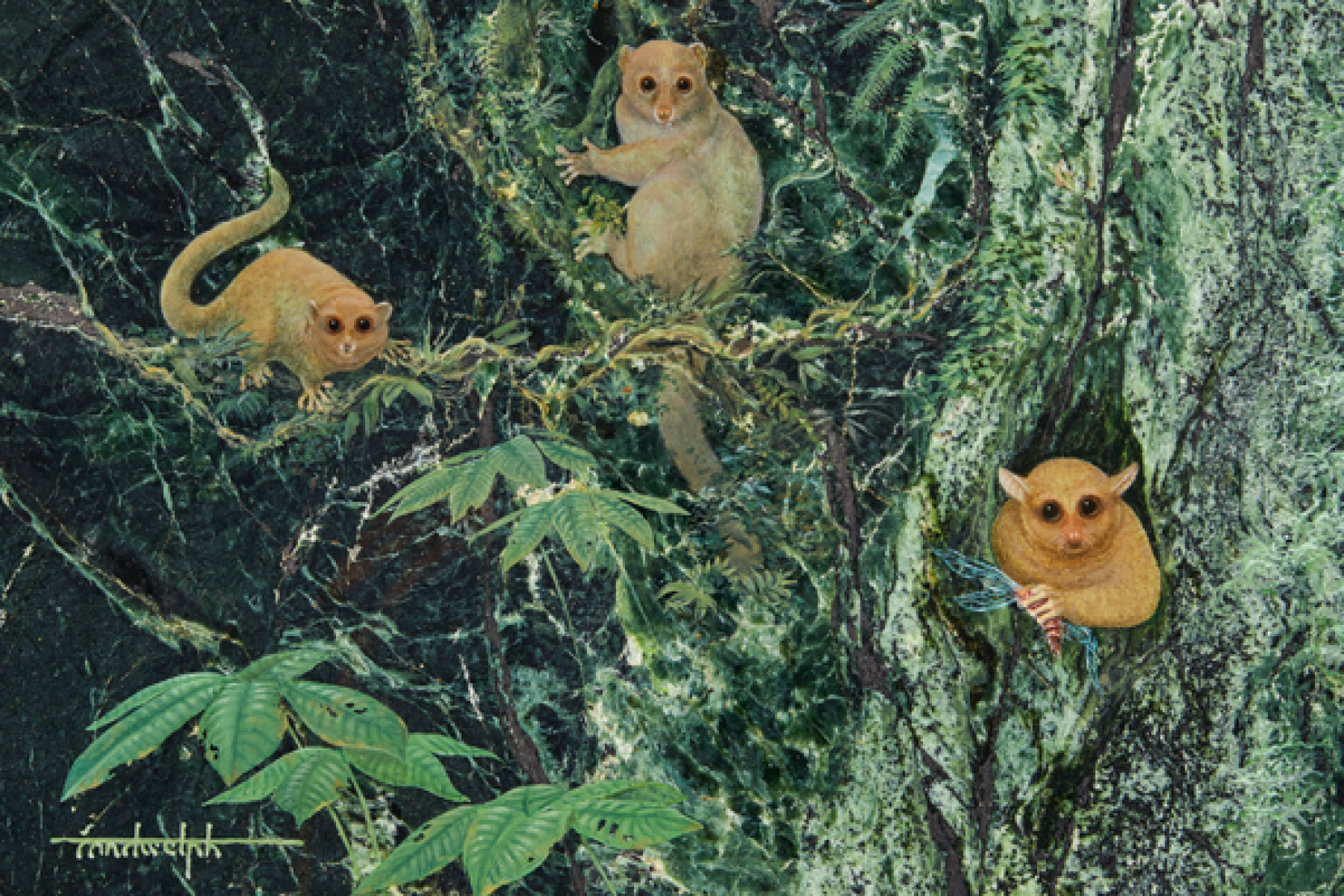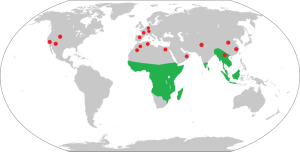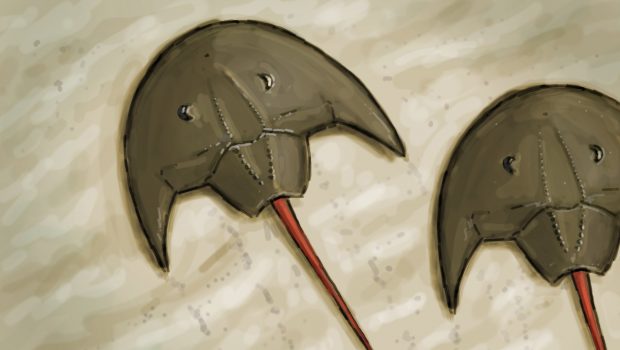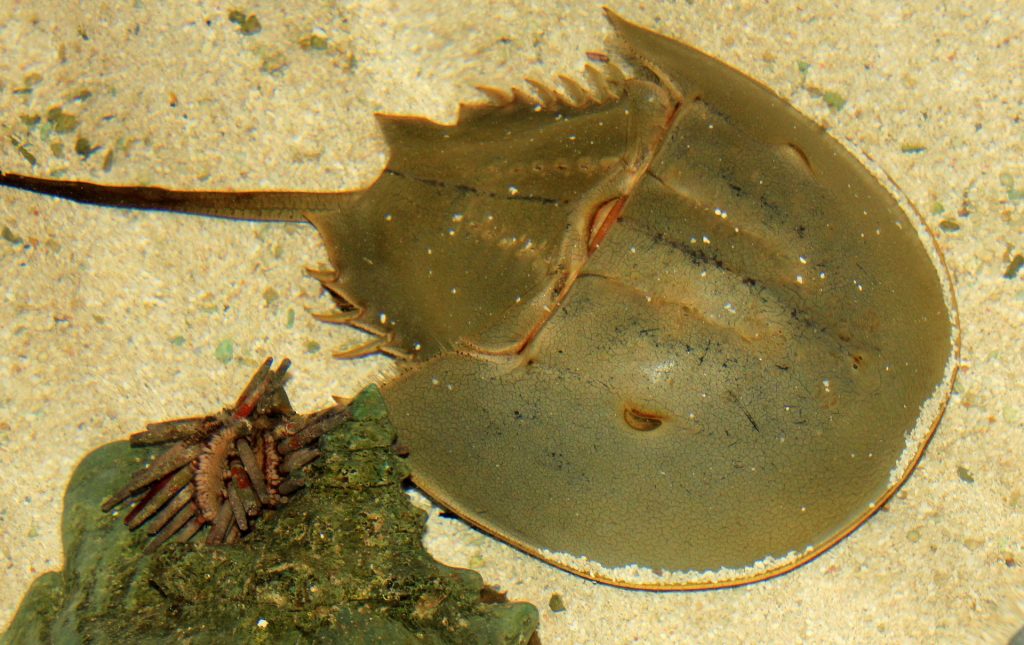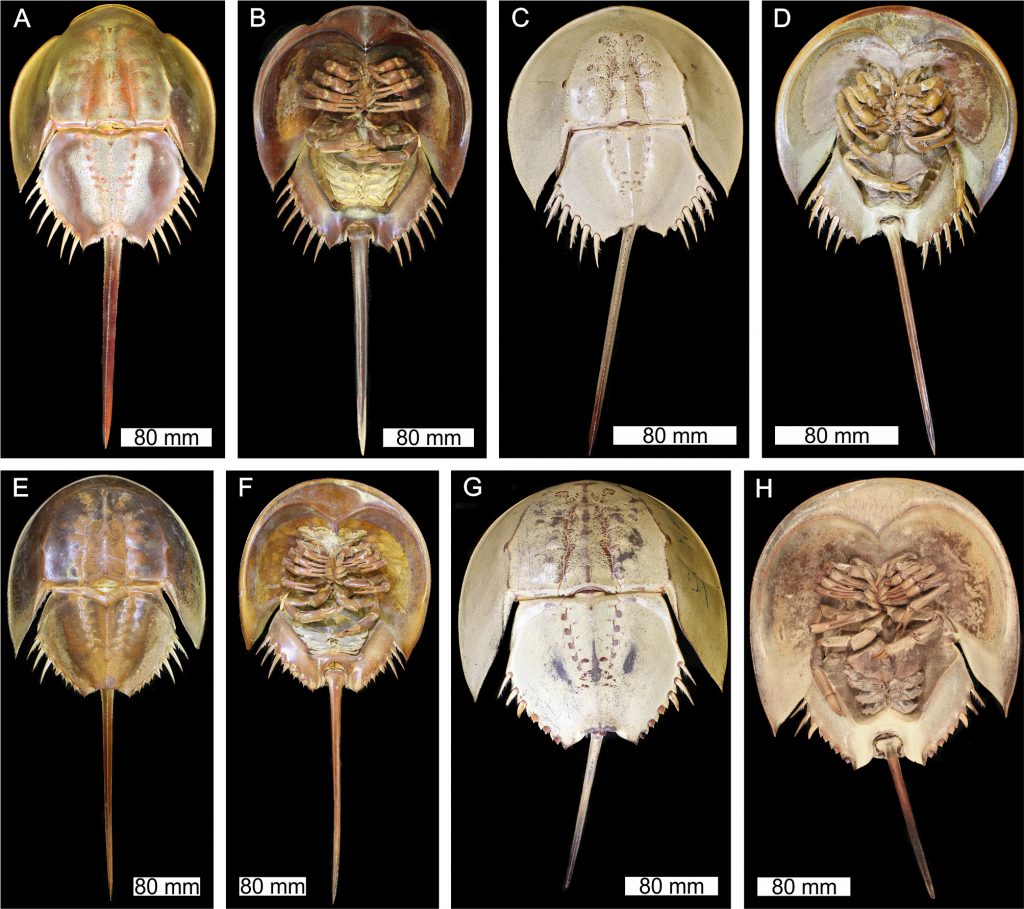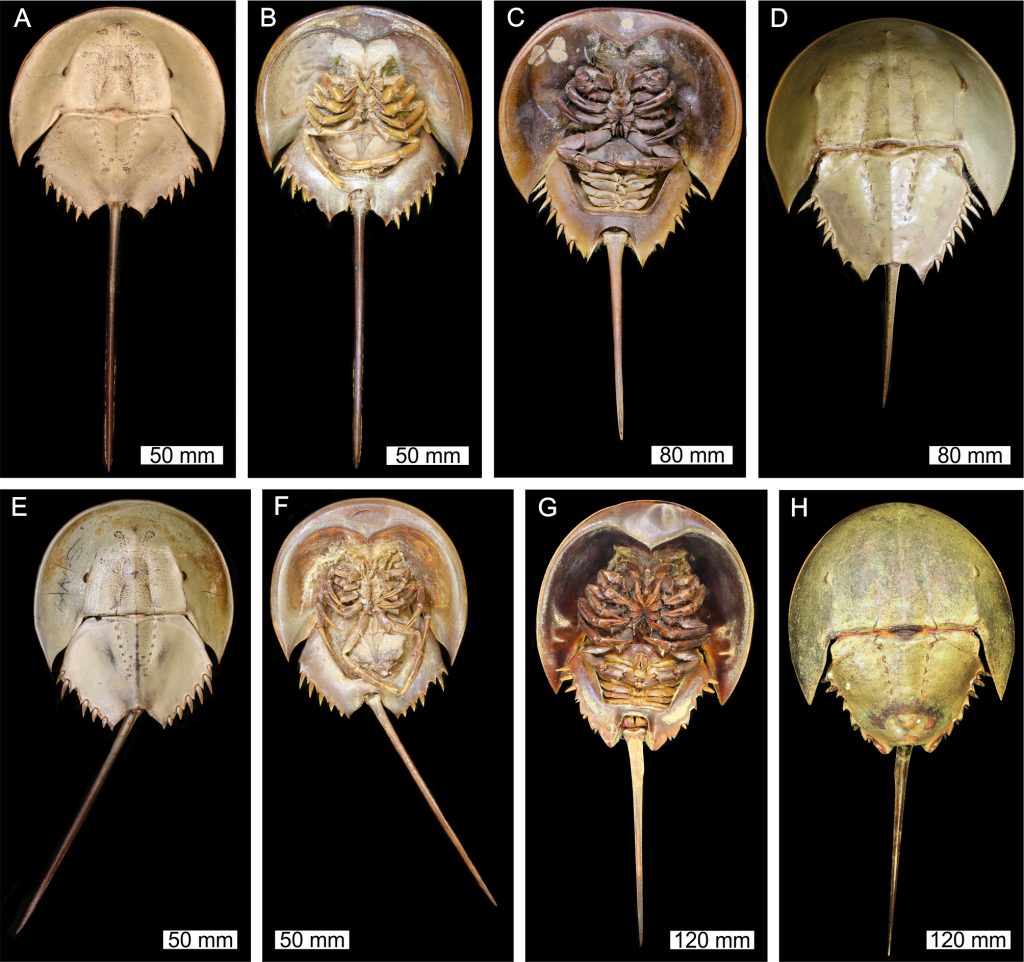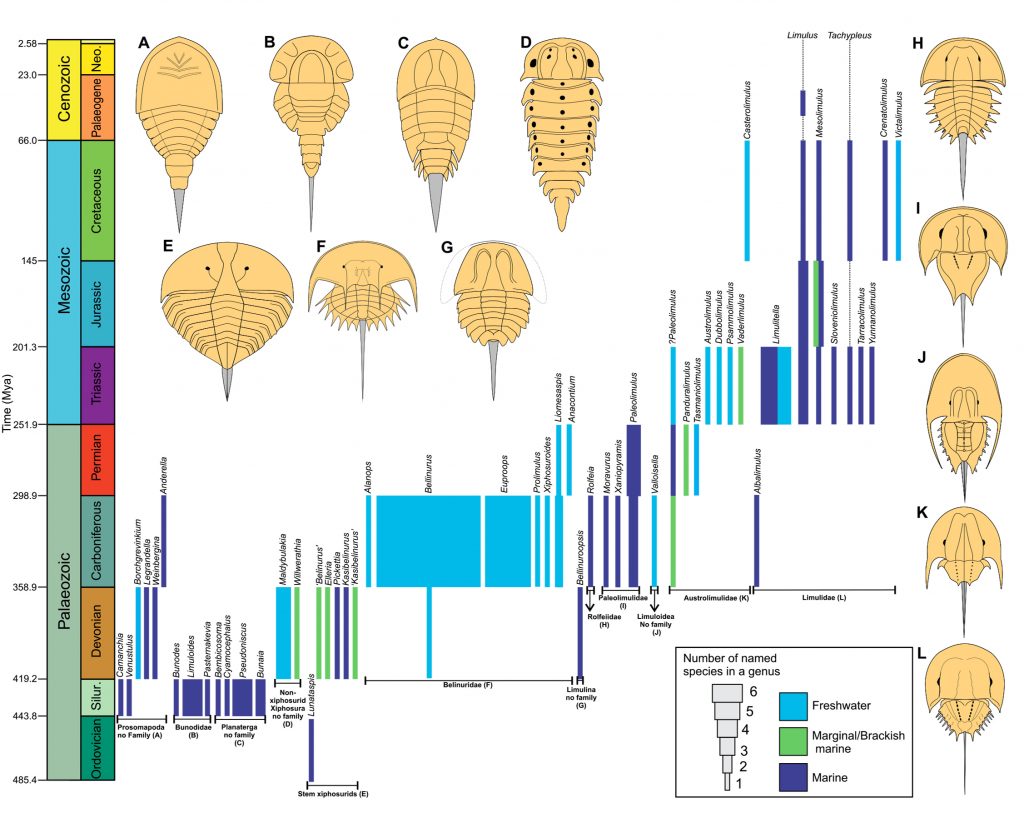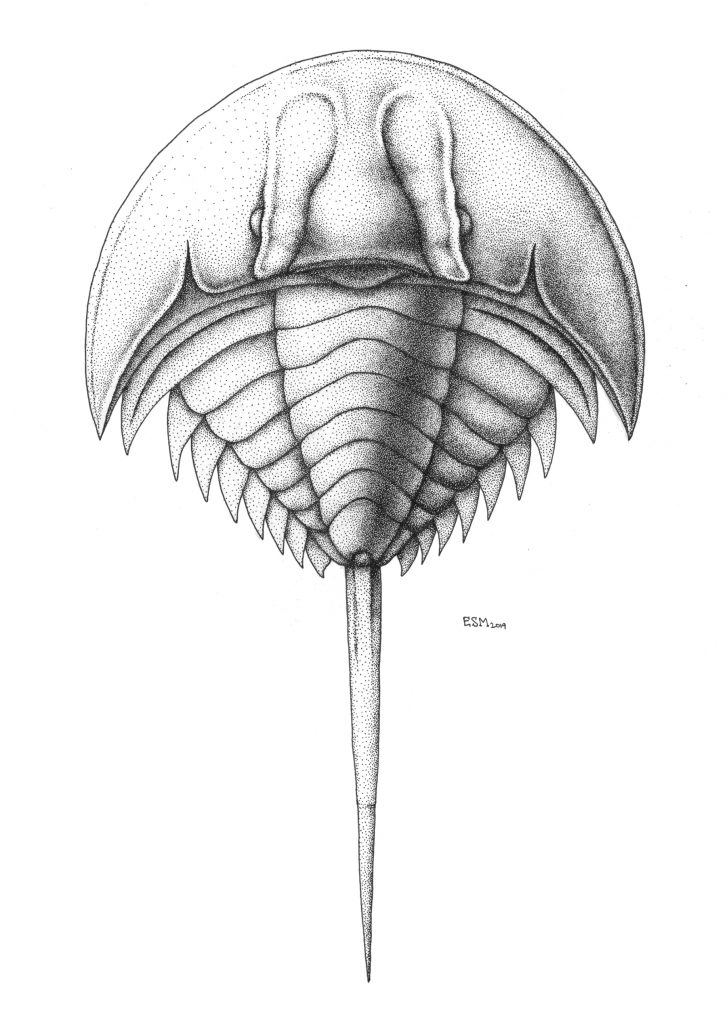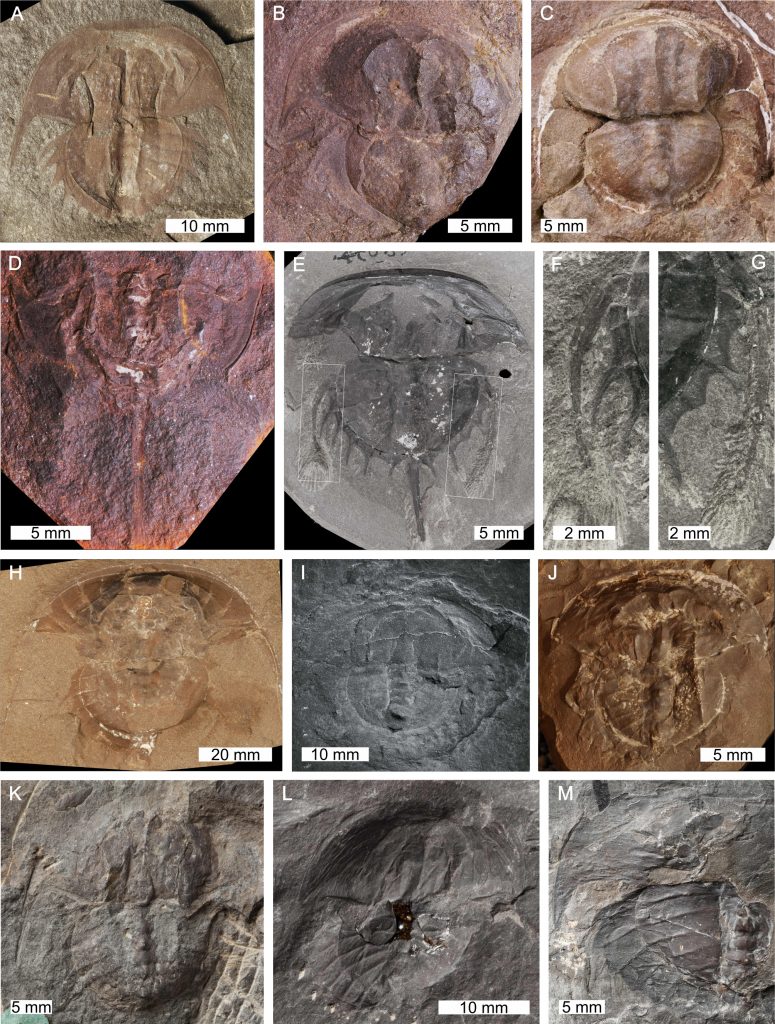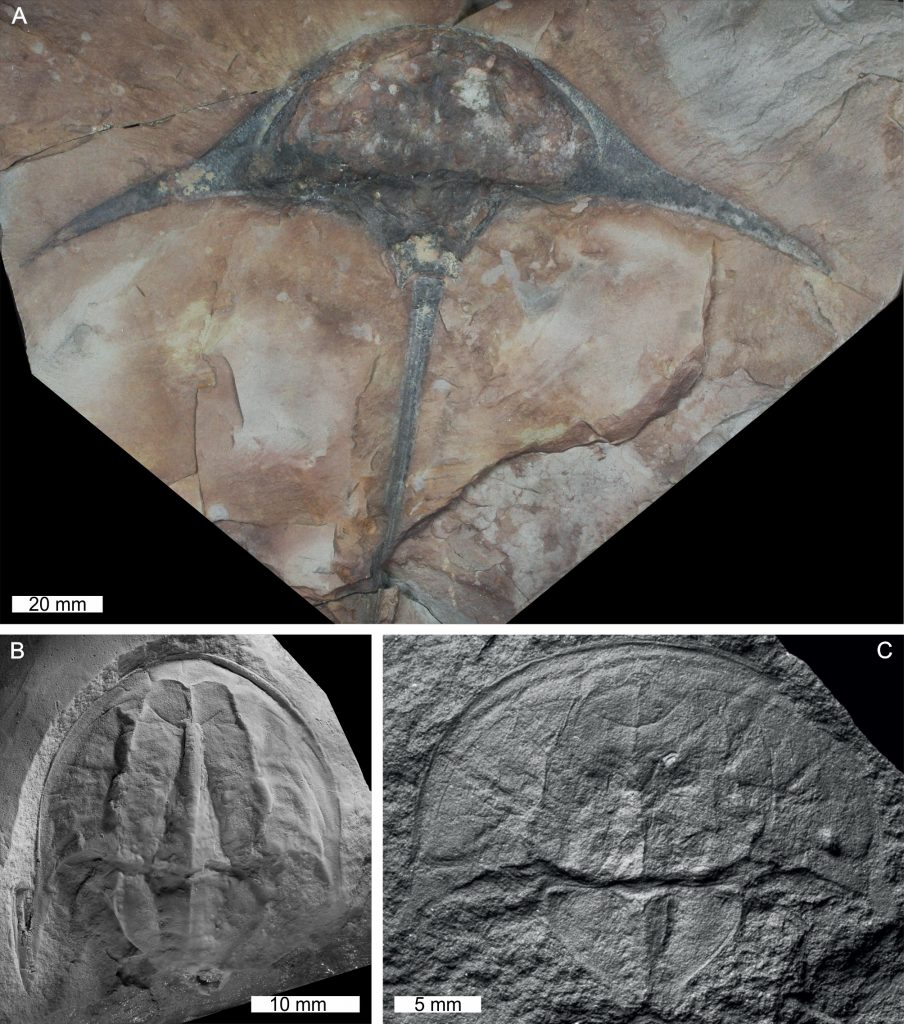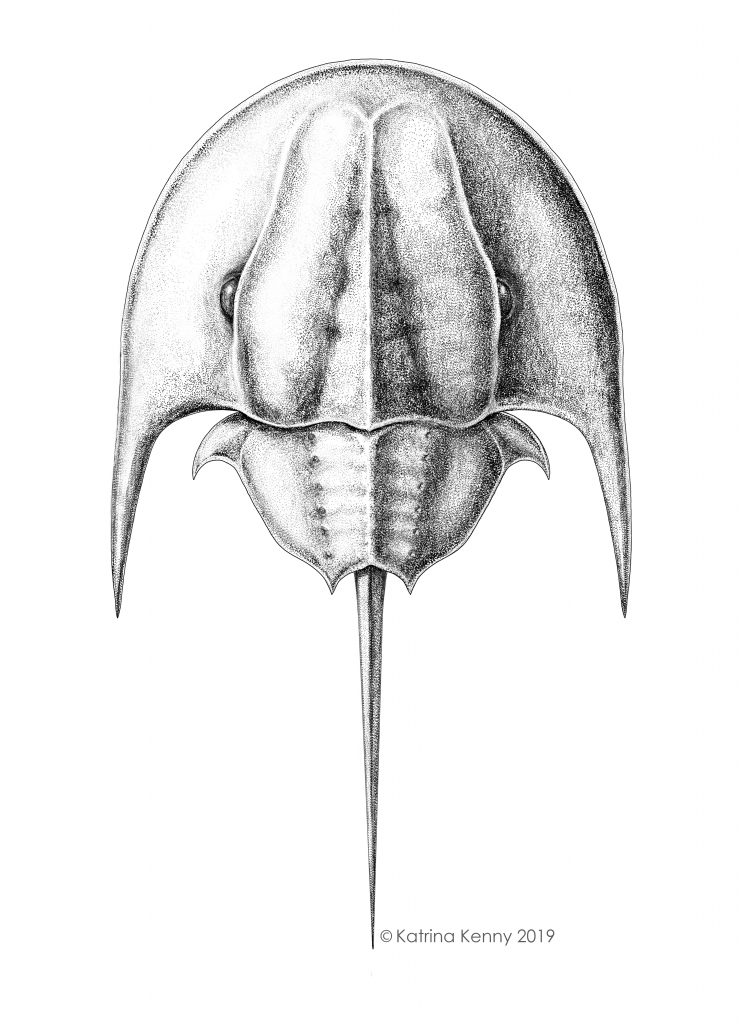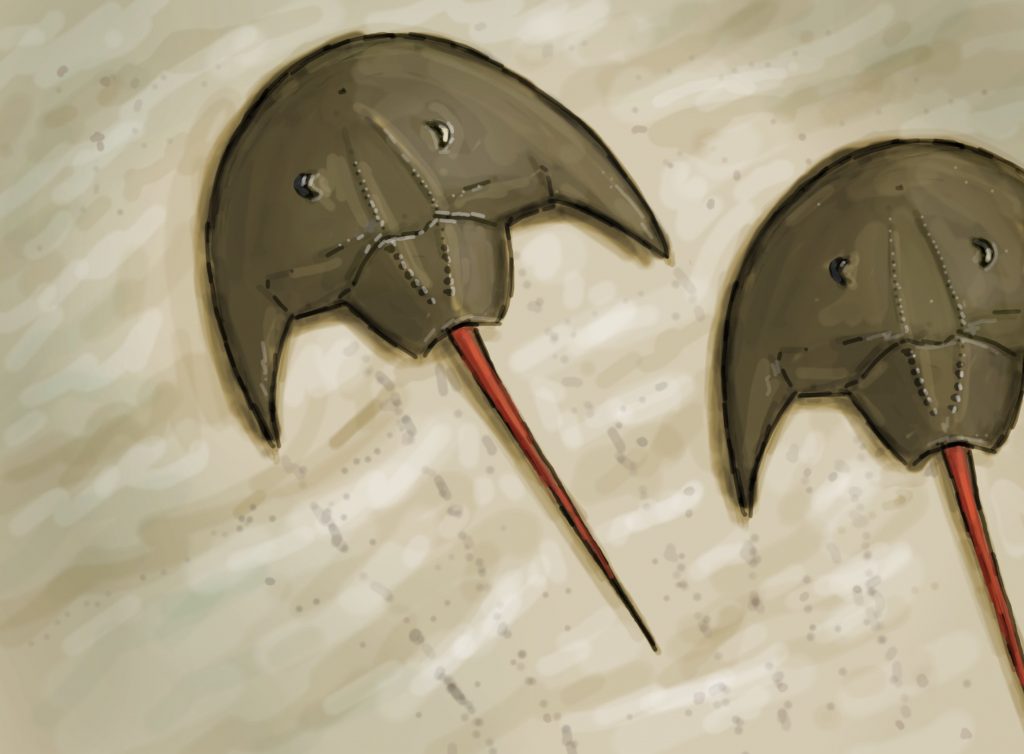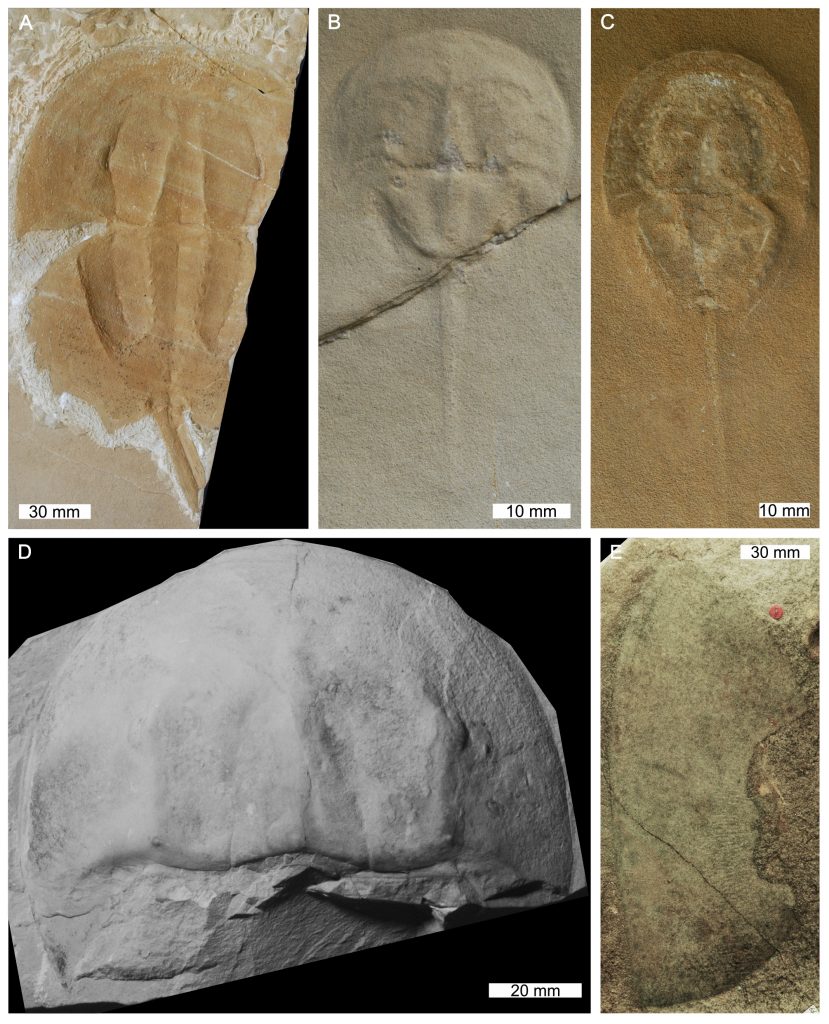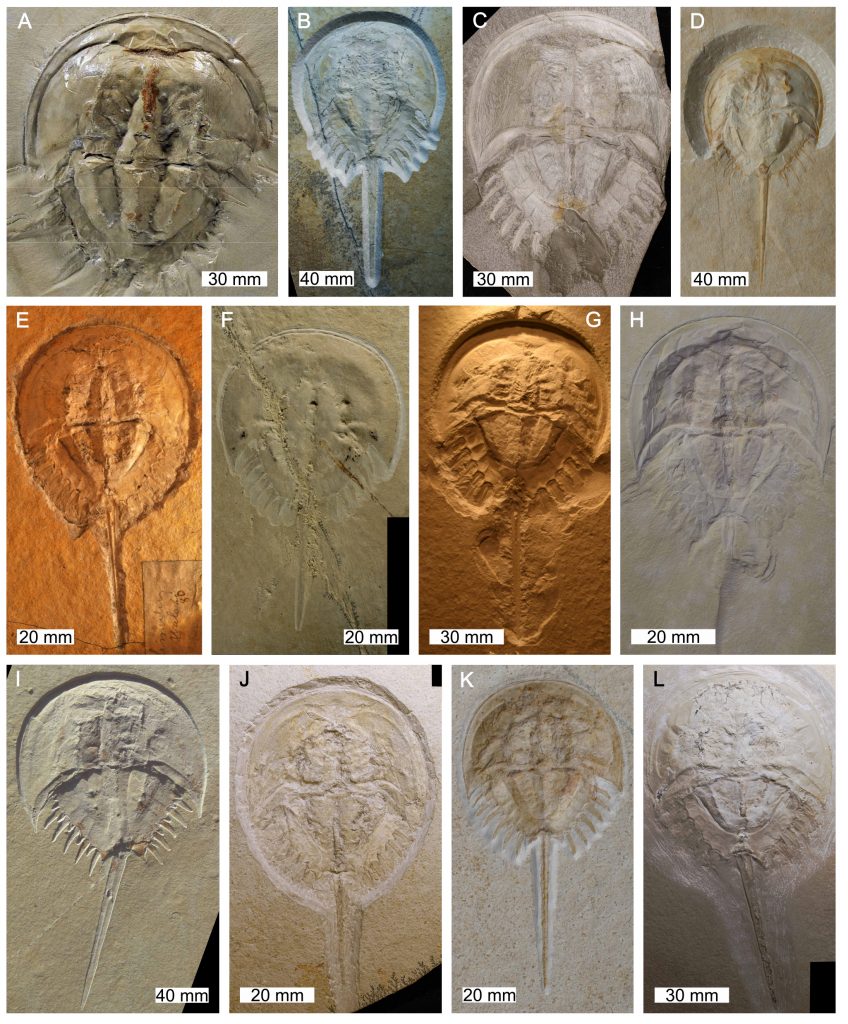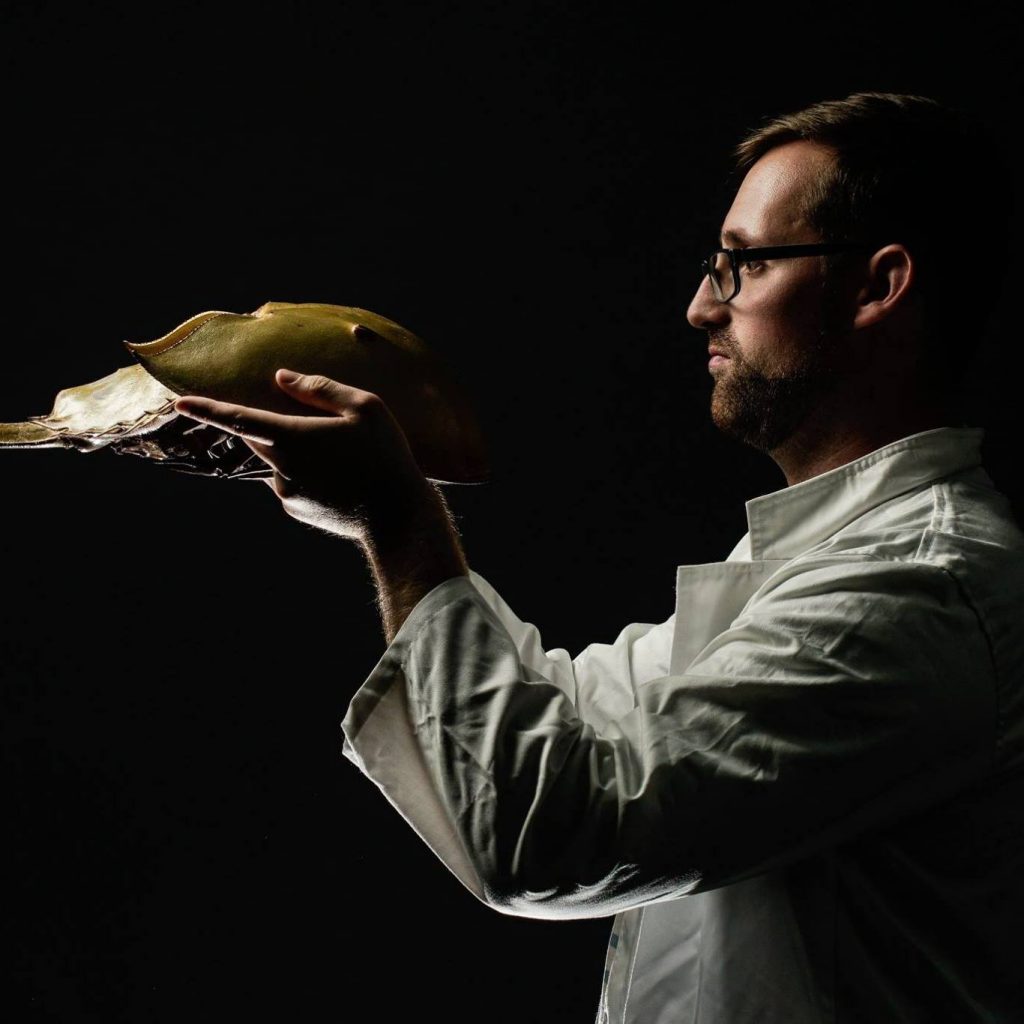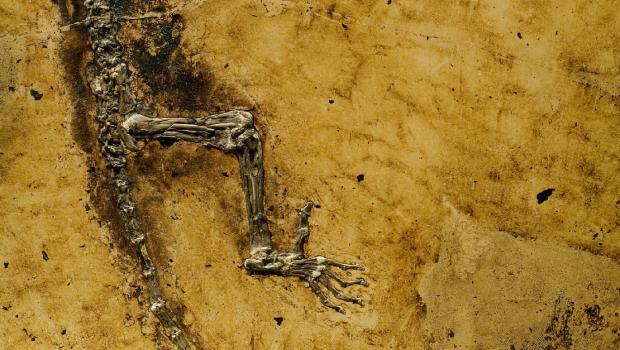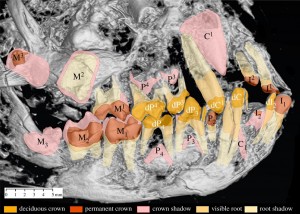Descoberta revela que o espinossauro era realmente um ‘monstro do rio’
A descoberta de mais de mil dentes fossilizados do dinossauro espinossauro no leito de um rio pré-histórico acaba com nossa definição atual de dinossauros.
Embora já soubéssemos que o espinossauro fosse um dinossauro semiaquático, geralmente os paleontólogos consideram esse grupo extinto de répteis como exclusivamente terrestres.
Mas essa espécie definitivamente não permanecia seca.
Dinossauro nadador
A espécie Spinosaurus aegyptiacus tinha uma cauda gigante em forma de barbatana.
Alguns cientistas têm certeza de que o dinossauro espinossauro era nadador — o primeiro exemplo conhecido entre os dinossauros.

Agora, centenas de dentes dessa criatura e quase metade do enorme estoque foram encontrados no Marrocos, o que convence ainda mais esses cientistas disso.
O paleobiólogo David Martill, da Universidade de Portsmouth, disse a partir dessa pesquisa que podemos confirmar este local como o lugar onde este gigantesco dinossauro viveu até morrer.
Ainda mais, os resultados são totalmente consistentes com a ideia de um verdadeiro ‘monstro do rio’ que vive na água.
Essa enorme quantidade de dentes pertence tanto aos dinossauros quanto a alguns animais aquáticos. Contando mais de 1.200 fósseis, os pesquisadores descobriram que pouco menos da metade eram do espinossauro.
Estilo de vida aquático
A grande abundância de dentes de espinossauro no leito do rio é um reflexo de seu estilo de vida aquático, em relação a outros dinossauros, como argumenta a equipe.
Porque a probabilidade de ter dentes no depósito do rio para um animal que vive grande parte de sua vida na água é maior do que para aqueles dinossauros que talvez apenas visitassem o rio para beber e se alimentar ao longo de suas margens, é o que escrevem os pesquisadores.
Em 2014, o paleontólogo Nizar Ibrahim defendeu pela primeira vez o espinossauro semiaquático.
Outros que examinaram o fóssil, na época, discordaram argumentando que o dinossauro era apenas um flutuador impelido pela água pela fome de peixes, na melhor das hipóteses.

Então, no início deste ano, Ibrahim e seus colegas encontraram uma cauda fossilizada de espinossauro.
A descoberta acrescentou muito mais peso à ideia de que esse predador gigante passou pelo menos algum tempo nadando. Tanto que a equipe declarou sua cauda a primeira “evidência inequívoca de uma estrutura propulsora aquática em um dinossauro”.
A nova descoberta em Marrocos só confirma essa ideia. O argumento é que o dinossauro espinossauro não era apenas semiaquático, mas “em grande aquático” e passou grande parte de sua vida na água.
VEJA TAMBÉM: Divulgadas novas descobertas sobre dinossauro brasileiro
Embora muitos fósseis de espinossauros tenham sido obtidos comercialmente e com origens desconhecidas, esses dentes vêm do sistema pré-histórico do rio Kem Kem, que antes fluía do Marrocos até a Argélia.
Esse era o lar de peixes-serra, crocodilos, répteis voadores e, ao longo das margens, dinossauros.
Durante o trabalho de campo de reconhecimento no sudeste do Marrocos, os cientistas descobriram um leito ósseo de arenito repleto de fósseis do Cretáceo.
Os autores concluem que, com tamanha abundância de dentes do espinossauro, é altamente provável que este animal vivesse principalmente dentro do rio, e não ao longo de suas margens, argumenta o paleontólogo Thomas Beevor da Universidade de Portsmouth.
Estudo publicado na Cretaceous Research.
Fonte: https://socientifica.com.br/descoberta-revela-que-o-espinossauro-era-realmente-um-monstro-do-rio/?fbclid=IwAR3-daS05NxBmLr2rvlJy6RpuYrSY5YHm7tMQfk4bIKuNr4vcZBvHVBjsy4

